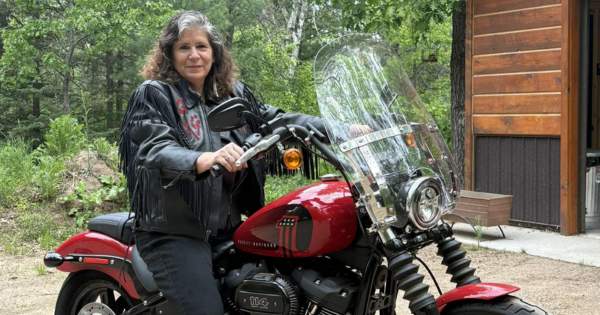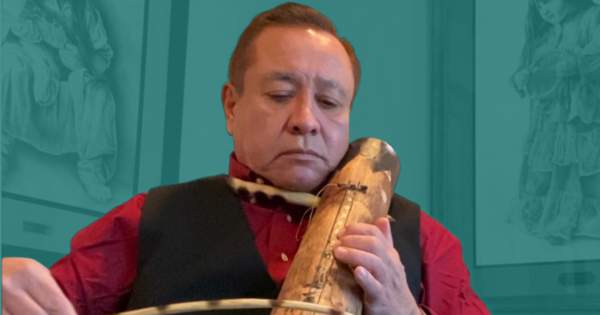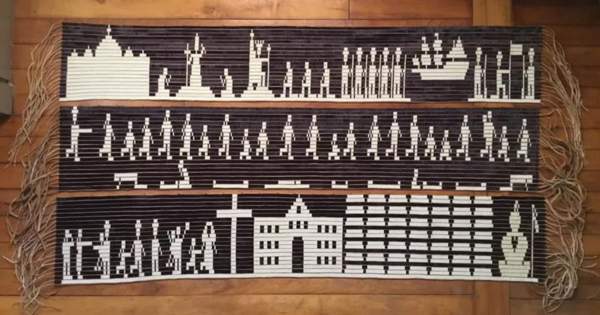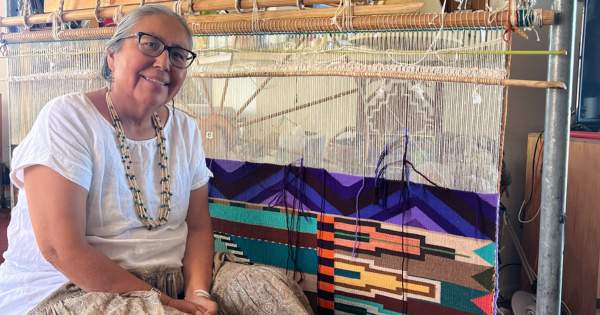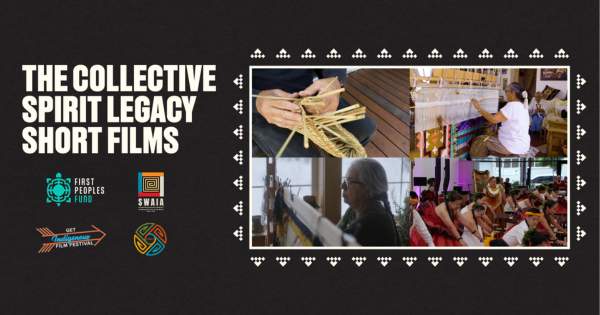
Bringing Business Training to Rural Artists by Winter Trails, Aircraft, and Boat
By Sarah Elisabeth Sawyer (Choctaw Nation), Artist in Business Leadership Fellow 2015
A non-profit tribal corporation, Kawerak, Inc. provides services within the Bering Strait Region of northwestern Alaska. They offer services to twenty federally recognized tribes located throughout sixteen communities.
Kawerak is headquartered in the hub community of Nome, employs 230 individuals throughout the region, and serves the approximately 7,400 Alaska Native residents. One of their missions is to advance the arts community within the Bering Strait Region. Kawerak’s Community Planning and Development provides technical assistance to approximately 30 artists in the region per year.
Online platforms like Etsy and Facebook are changing market opportunities for these artists. They are no longer limited to underpricing their handcrafted carvings, seal skin parkas, slippers, and beadwork for a quick sale to cruise ship tourists. Kawerak launched the Bering Strait Arts and Crafts Facebook page to connect these beautiful items with potential buyers. The page has grown to nearly 5,000 artists and shoppers.
“That blew open the market online where folks are being able to sell on a national level,” Alice explains.
Training artists in how to utilize these new markets, especially e-commerce, is one aspect of Kawerak’s work in building an Indigenous Arts Ecology through their long-time partnership with First Peoples Fund (FPF).
Alice first learned of FPF shortly after she was hired on at Kawerak as a training specialist. She read a notice in Anchorage about a Native Artists Professional Development (NAPD) training. She attended and was amazed by the program’s potential to help artists with marketing and business skills.
“The NAPD incorporates the discussion of our traditional and indigenous values along with business tools and resources,” Alice says. “That’s the first I’d seen that.”
“The NAPD incorporates the discussion of our traditional and indigenous values along with business tools and resources. That’s the first I’d seen that.”
— Alice Bioff (Inupiaq)
With additional funding through FPF, Kawerak sent two of their artists through the Train the Trainer program —traditional tattoo artist Marjorie Tahbone (Iñupiaq / Kiowa) and carver Randall Jones (Alaska Native Shishmaref). These artists consistently bring valuable training by boat or plane to rural artists.
“It’s a collaborative effort between Kawerak, First Peoples Fund, local communities, tribal offices, and the trainers,” Alice says.
“It’s opening artists’ eyes to what options are out there for them,” Carol Piscoya (Nome Eskimo Community) says. She is the vice president of Kawerak’s Community Services Division.
Thousands of miles away from urban hubs, in communities that can only be reached by winter trails, aircraft, or boat, Native artists are receiving training and assistance from Kawerak, Inc. The nonprofit organization is committed to bringing resources to even the most remote areas.
“With the internet becoming more accessible in our region, we have people who hold smartphones in their hands now,” Alice Bioff (Inupiaq) says. She works in Kawerak’s Community Planning and Development Department as the Business Planning Specialist. “The whole landscape is changing. We have folks selling online using social media.”
“With the internet becoming more accessible in our region, we have people who hold smartphones in their hands now. The whole landscape is changing. We have folks selling online using social media.”
— Alice Bioff (Inupiaq), Business Planning Specialist for Kawerak, Inc.
Most Alaska Native artists in the region practice the subsistence lifestyle of their ancestors. Their way of art follows their way of life. Hunting whale, walrus, seal, moose, and caribou follows the tradition of not wasting animal by-products. This often becomes art ranging from seal skin sewn mittens to walrus ivory transformed into works of art through figurines, jewelry, and utilitarian tools.
GATHERING THE DATA
What do the artists in remote areas need most from Kawerak? Where can funds best be utilized to have the highest impact on artists and their communities? To answer these questions, Alice and her staff are surveying artists, which is not an easy task with rural and hard to access communities.
Part of their Indigenous Arts Ecology program is to complete this survey with a goal of reaching 60 artists. They met with carvers, skin sewers, dancers, and singers to start collecting data. They want a better understanding of how they can support the art community, especially in knowing what tools and resources would be beneficial.
“We hope to create a strong program that will continue to support the arts in our region,” Alice says. “We need good data on what the arts community looks like.”
With this data, Kawerak can evaluate the needs of artists and how best to meet those needs while building networks within the Bering Strait Region between artists and source partners.
“I’m excited about the artist survey,” Carol says. “I’m curious what the results will be because it gives us an idea of where we may fill in the gaps of what the artists themselves need or want.”
UPLIFTING CULTURE BEARERS
The heart of an Indigenous Arts Ecology beats within culture bearers — artists who are gathering, preserving, and teaching in the community. Lydia Apatiki (Sivuqaghhmii) is a traditional St. Lawrence Island skin sewer who uses materials harvested and gathered by her family to create intricate traditional Yup’ik dolls, game kick balls, and bird skin parkas.
Through help from Kawerak and a 2017 FPF Cultural Capital fellowship, Lydia was able to travel and research traditional lifeways and art to create a comprehensive curriculum focusing on St. Lawrence Island traditions. She gathers knowledge much like her people gather berries and roseroot for the winter.
“Because of all the wonderful work Lydia started with that seed funding, we’re assisting her with applying for an additional grant to complete the curriculum,” Alice says. “Pairing her traditional knowledge with the expertise of our curriculum developer and a graphic illustrator, we’ll soon have a beautiful curriculum to share.”
BUILDING SOLID BUSINESSES
For artists interested in establishing a sustainable business with their unique work, Kawerak walks them through creating a business plan with the understanding that they are not limited to occasional selling to a cruise ship. They have statewide access and unlimited possibilities through e-commerce. Often they simply need training and resources to increase their income.
“I’m here to be a resource partner for individuals that are looking to start a business or to expand an existing business,” Alice says. “That includes supporting the artists in our region, connecting resources and the people that need them.”

